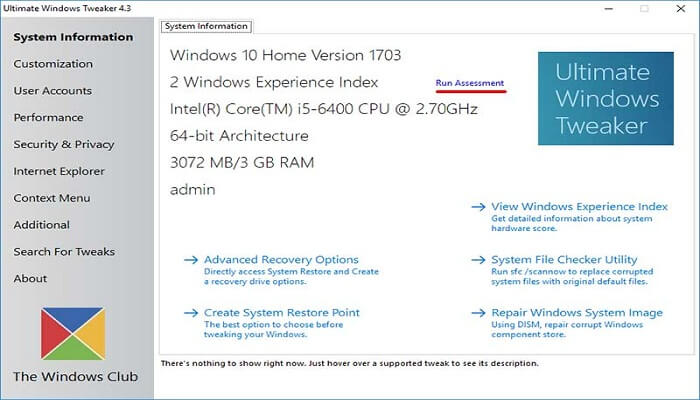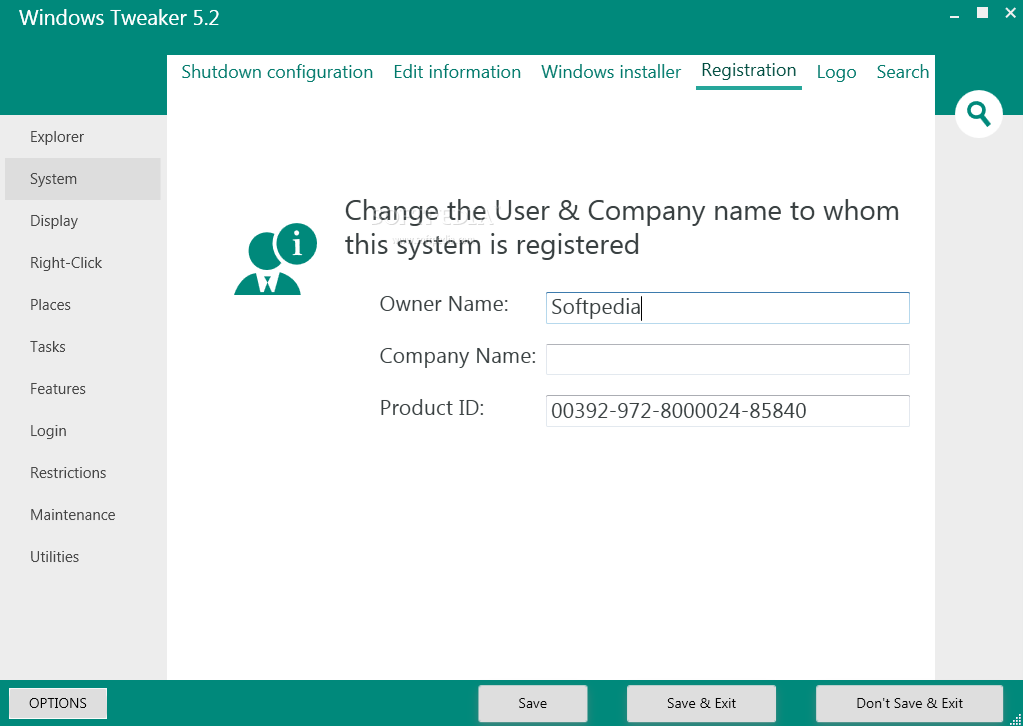
Could it? Sure, but there isn't any guarantee that it will. On another note, while I agree that besides coverage area there are factors that affect a phones performance, like setup, apps installed, etc., we don't know is if LP will solve those issues. So until they add towers to compensate, their coverage map isn't going to be as accurate as it was when they had 3G. Verizon's problem is also that their LTE network doesn't cover as much as their 3G network did, even though they're utilizing the same towers. And then there would be the commercials about how AT&T has VoLTE and Verizon doesn't, since GSM carriers aren't affected by the change because they already had sv&d prior to LTE, and LTE and GSM are more similar technologies than LTE and CDMA.


But apparently their options were either stick with the 2 antenna setup and hear people complain about horrible battery life, go to the single antenna setup and hear people complain about no more simultaneous v&d, or continue to delay to rollout of VoLTE and lose money everyday it isn't being utilized. But we've only had simultaneous v&d since LTE started, prior to that we didn't have the capability (except for the few devices capable of SVDO which allowed for sv&d on CDMA). Going to a single antenna setup lessened the problem, but created a new one in that simultaneous voice and data was now only available in an area covered by LTE. Early on when they had a 2 antenna setup, the battery life on VoLTE (aka Advance Calling) was abysmal.

I assume you're being sarcastic, since every new device comes with the newest version of Android available in the last month or two prior to launch.Īs for the 2 antenna vs 1 debate, as I posted awhile back, the reason they didn't stay with that had to do with battery life.


 0 kommentar(er)
0 kommentar(er)
